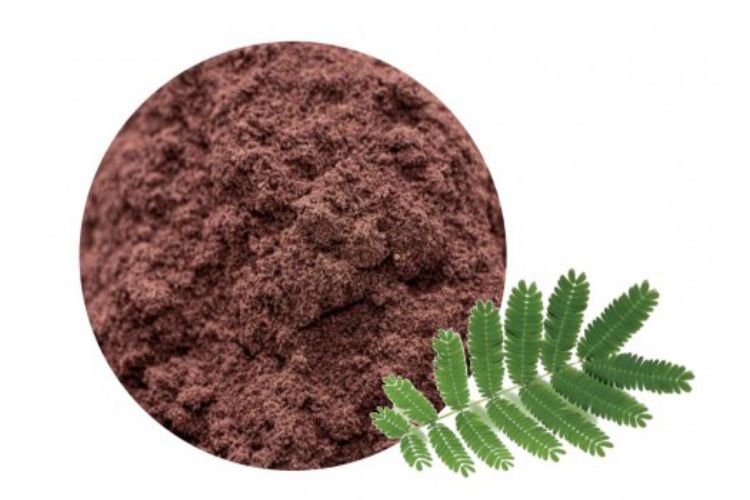 In the world of natural remedies, a substance has piqued the curiosity of many –
In the world of natural remedies, a substance has piqued the curiosity of many –
a substance made from the Mimosa Hostilis tree’s root bark, native to the lush landscapes of South America. This intriguing botanical specimen, renowned for its historical significance among indigenous communities, possesses a mystique attributed to its potential healing properties: mimosa hostilis root bark powder has garnered attention in recent years for its purported healing properties. This article delves into the potential healing power of this powder and what you need to know about its uses and benefits.
The Origins of Mimosa Hostilis Root Bark
It also goes by the names Jurema and Mimosa Tenuiflora and is a native tree to Brazil and other countries in South America. The root bark of this tree has a long history of use by indigenous tribes for its medicinal and shamanic properties. It has been used in traditional healing rituals and ceremonies for generations.
The Chemical Composition
It contains several active compounds, one of the most prominent being DMT (Dimethyltryptamine). DMT is a powerful psychedelic compound that can induce altered states of consciousness. However, it’s important to note that the possession and use of DMT are illegal in many countries, including the United States. Therefore, any use of this powder should be done in compliance with local laws.
Potential Healing Benefits
While there is limited scientific research on the medicinal properties of this powder, some users claim that it has various potential benefits:
Skin Healing: Some use this bark powder topically to promote healing. It is believed to have antimicrobial and anti-inflammatory properties, making it helpful in treating minor wounds and skin conditions.
Mental Well-being: In traditional indigenous practices, this powder has been used to induce altered states of consciousness for spiritual and psychological healing. Some proponents suggest it may have therapeutic potential for addressing mental health issues, although more research is needed.
Anti-Inflammatory: Some users report that this powder has anti-inflammatory effects when consumed. It is claimed to alleviate symptoms of arthritis and joint pain, though scientific evidence is lacking.
Preparation and Safety
If you decide to explore the potential healing benefits of this powder, it’s essential to do so safely and responsibly:
Legal Considerations: Be aware of the legal status of DMT and this powder in your region. Ensure that you are complying with all relevant laws and regulations.
Dosage: If you consume this powder, start with a small dose and gradually increase it if necessary. Overconsumption can lead to adverse effects.
Source: Ensure you obtain this powder from a reputable and trustworthy source to minimize the risk of contamination or impurities.
Consultation: Before using this powder for any medicinal or therapeutic purpose, it is advisable to consult with a professional to examine potential risks and benefits.
Conclusion:
Mimosa hostilis root bark powder is a natural substance with a rich history of traditional use by indigenous communities in South America. While it has gained attention for its potential healing properties, especially in skin healing and mental well-being, it’s important to approach its use with caution and respect for legal regulations.
Research on the medicinal benefits of this powder is still in its infancy, and more studies are needed to substantiate the claims made by its proponents. As with any natural remedy, individuals should exercise prudence, consult with healthcare professionals, and adhere to legal guidelines when considering its use. Whether one seeks to explore its potential or not, understanding this powder’s cultural and historical significance can foster a greater appreciation for the wisdom of indigenous traditions and their relationship with nature.




